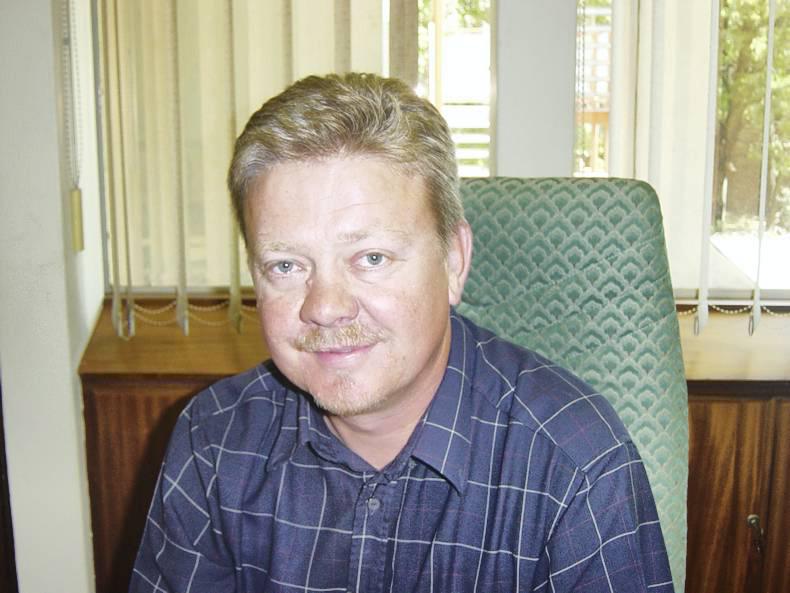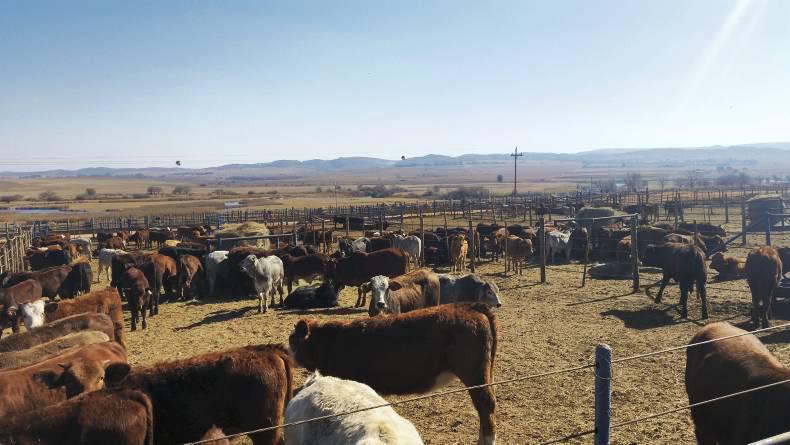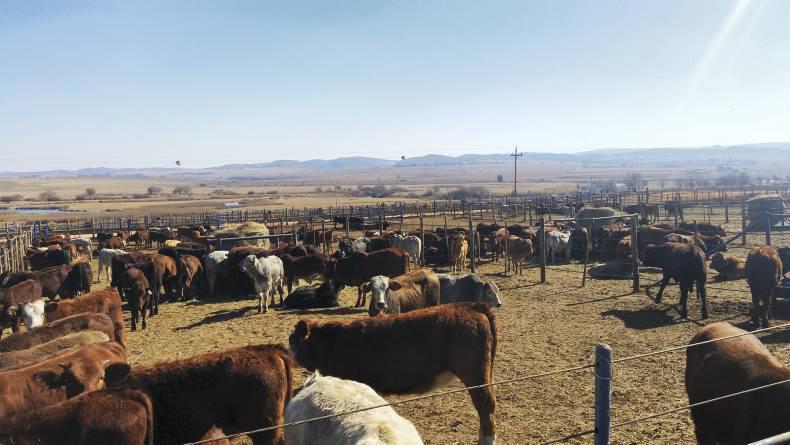South Africa is a country of contrasts, and this diversity is certainly reflected in its beef industry. Due to its marginal nature, 80% of the available agricultural land in South Africa can just be used for extensive red meat production and there are 1.2m households with livestock, culminating into a national beef herd of 13.6m head.
Some 7.8m of these cattle are in the hands of around 50,000 commercial white farmers. The rest are owned by 3m people who keep one or two animals communally in villages for their own use, and there is also an “emerging” sector of 244,000 black farmers.
Beef industry
The South African beef industry is currently worth 35bn rand (€2.6bn), excluding the valuable hides industry. On one side, you have an industry which is well-positioned to export to the rest of the continent and take advantage of Africa’s growing middle class.
However, on the other side, there’s a widening disparity with the emerging sector, which is failing to keep up with advances in the industry.
 “There is this gap. Some of these farmers will remain subsistence farmers, but we cannot underestimate them. What they do makes a big difference in terms of their food security at home,” said Gerhard Schutte (right), the chief executive of South Africa’s Red Meat Producers’ Organisation (RPO).
“There is this gap. Some of these farmers will remain subsistence farmers, but we cannot underestimate them. What they do makes a big difference in terms of their food security at home,” said Gerhard Schutte (right), the chief executive of South Africa’s Red Meat Producers’ Organisation (RPO).
For farmers the main issues are not related to price or demand, both of which have remained steady over the years. The country is in its second year of drought, livestock disease contracted from game animals is a growing problem, and labour unrest among farm workers is a constant fear.
However, the most pressing concern is land reform, which has been ongoing since 1994. Anyone descended from those who had land seized from them in the past can apply to have the land reinstated, and farmers with an outstanding claim on their land are unable to access credit. Therefore, they are unable to expand or increase their herd.
Transfers will certainly hamper production after land is transferred to beneficiaries.
“We don’t have a problem with land reform. However, when the land is being taken away from the commercial farmer and handed to the emerging farmer, production will go down because they don’t have the right knowledge or technology to farm,” said Schutte. “It’s putting pressure on the industry.”
Despite the challenges, Schutte is optimistic about the future of South African beef. “Exports are now getting off the ground because we are now classed as a foot-and-mouth-free zone by the OIE. We understand that China could be a big market in the future. There are good prospects for our industry, even though we are a net importer. We have quite good quality due to our classification system and I think we can offer the world something in terms of our genetics.”

The feedlot industry dominates commercial production in South Africa, with around 70% of beef produced in the country going through this system either on-farm or with weanlings sold and finished in a feedlot system. There are currently around 70 feedlots in South Africa and 495 abattoirs, processing 1.35m head of cattle per annum.
The biggest feedlot in the country is privately owned by Karan Beef and is located south of Johannesburg. It finishes 35% of South Africa’s feedlot cattle.
Opened in 1974 by the Karan family, the feedlot houses 140,000 cattle and spans 2,330ha. Cattle are sourced from all over South Africa, with 15 buyers working on behalf of the company. Weanlings aged from six to eight months are purchased for approximately R20/kg liveweight (€1.50/kg) and normally have a liveweight of 225kg when they enter the feedlot (average value of €337.50).
Some 30,000 cattle are welcomed to the feedlot each month. When they arrive, animals are tagged, vaccinated, weighed and hormone treated, before being housed in pens with 140 other cattle classed by age and sex.
The animals will remain on the feedlot for 125 days on average, going through five diets from an introductory diet to a high-energy diet, before they are slaughtered. Cattle gain on average 1.6kg/day during the summer months or 1.4kg/day throughout the winter. The average carcase weight is 235kg.
Due to the risk of drought and a fodder crisis five years ago which resulted in a loss of cattle, the facility stores an 18-month supply of forage at all times.
Classification
The beef classification system in South Africa is based on two main criteria: age and carcase fat.
Karan focuses on A grade beef, which encompasses animals with no permanent incisors and less than 14% fat.
Consumers, who are traditionally removed from the feedlot process, are familiar with the brand too. The company has recently begun to market itself and is now associated with quality and vans branded with the Karan Beef logo can be seen all over Johannesburg.
“It’s a constant growth group and the main reason we will be able to expand,” said Bennie Welgemoed, research and development manager at Karan. “They are more concerned with price and fat content than the use of hormones, which isn’t really an issue here.”
The beef consumption rate in South Africa is quite low at 13kg per capita (Ireland is at 25kg/person). With the vast majority of South Africans earning from R4,000 to R6,000 (€300-€450) each month, beef is still expensive for many consumers.
However, much has changed in South Africa since 1994 when apartheid ended, with the black middle class growing and spending power increasing.
Unresolved issues, such as land reform and lack of knowledge transfer between black and white farmers, will guide where the South African beef industry goes from here.






 This is a subscriber-only article
This is a subscriber-only article
















SHARING OPTIONS: